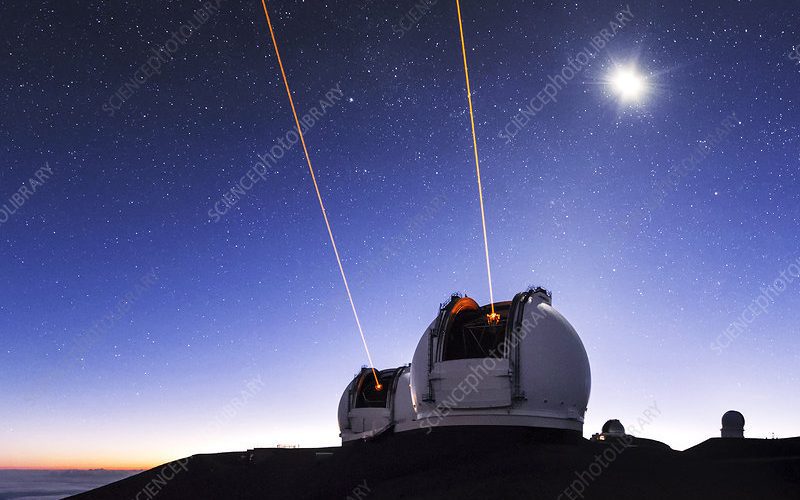Nestled in the heart of Hawaii, Mauna Kea stands tall, not just as a magnificent volcanic peak but as a battleground for indigenous rights and environmental preservation. The protests and activism surrounding Mauna Kea aren’t merely about a telescope; they embody a clash between progress and the protection of sacred indigenous lands.
Unraveling Mauna Kea’s Significance
Mauna Kea holds profound spiritual and cultural significance for the Native Hawaiian community. Revered as a sacred site, it’s intertwined with ancestral heritage, carrying stories, traditions, and connections that stretch across generations. The mountain isn’t merely land; it’s a living entity, deserving of respect and protection.
The Telescope Controversy
The Thirty Meter Telescope (TMT) project triggered intense controversy. While proponents emphasize scientific advancements and educational opportunities, opponents argue that constructing this telescope on Mauna Kea disregards indigenous rights and desecrates sacred grounds. It epitomizes the clash between Western progress and indigenous values.
Indigenous Rights vs. Development
The protests represent a broader narrative of indigenous rights suppressed by development agendas. Native Hawaiians have historically faced marginalization and dispossession, resulting in the loss of land, culture, and autonomy. Mauna Kea’s struggle echoes the systemic disregard for indigenous sovereignty and their right to protect sacred sites.

Voices for Mauna Kea
Activists, led predominantly by indigenous leaders, advocate for cultural preservation and environmental stewardship. Their protests center on peaceful resistance, education, and legal avenues to amplify their voices and halt the project. Their mission extends beyond stopping the TMT; it’s about initiating a dialogue on honoring indigenous rights globally.
The Power of Indigenous-Led Movements
The Mauna Kea protests underscore the power of indigenous-led movements in advocating for justice and raising awareness worldwide. Social media platforms became crucial in disseminating information and garnering support, transcending geographical boundaries to create a global solidarity movement.
Legal Battles and Community Unity
Legal battles have been instrumental in challenging the TMT’s construction, emphasizing inadequate consultation with Native Hawaiian communities and environmental impact assessments. Furthermore, the protests have fostered a sense of unity among diverse communities, illustrating the strength of solidarity in facing common challenges.
The Need for Dialogue and Respectful Coexistence
Resolving the Mauna Kea conflict necessitates genuine dialogue, recognizing indigenous voices, and respecting their perspectives. It demands a shift in the paradigm of development, where cultural heritage and environmental conservation aren’t sacrificed at the altar of progress.
Moving Forward
Achieving reconciliation involves acknowledging historical injustices, empowering indigenous communities, and implementing policies that prioritize cultural preservation and environmental conservation. It’s about forging a future where progress coexists harmoniously with indigenous values.

Conclusion
The Mauna Kea protests encapsulate a poignant struggle for indigenous rights, cultural preservation, and environmental stewardship. Beyond opposing a telescope, they epitomize a global call for respecting indigenous sovereignty, fostering dialogue, and reimagining a future where development respects cultural heritage and ecological integrity. Mauna Kea stands as a testament to the resilience of indigenous activism and the enduring fight for justice and preservation.












